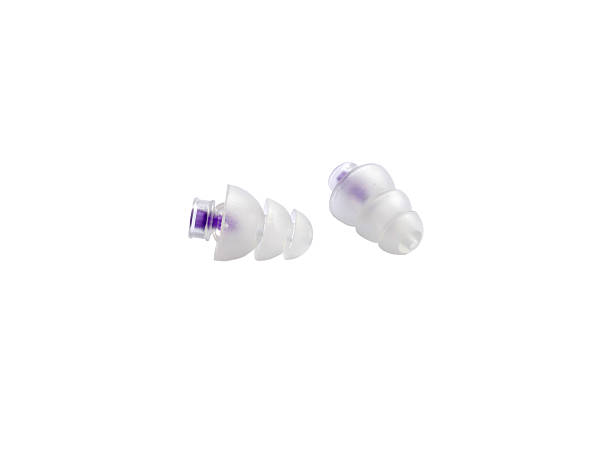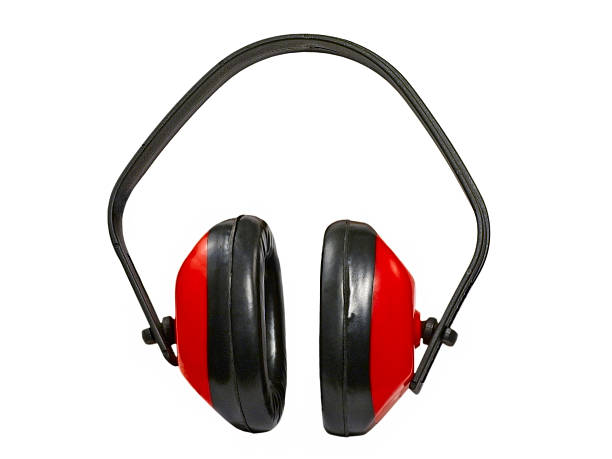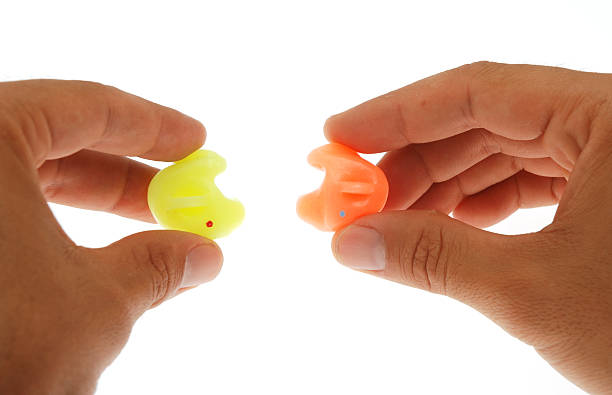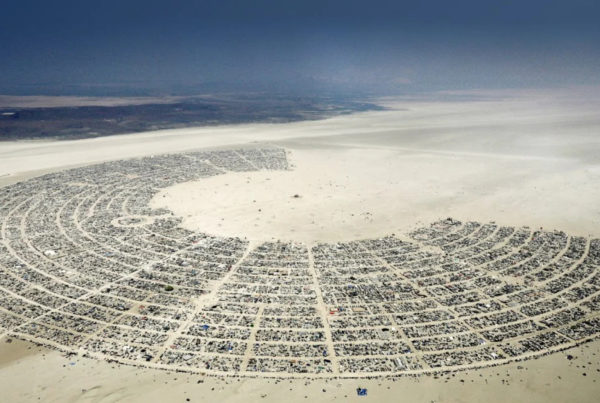🎉 Hey party people! 🎉
Have you ever wondered why, and if it’s even necessary to wear ear plugs when you’re out and about a music concert, festival, or rave? 🤔 We at Festival Inspo are all about music lovers and the community maximizing the fun experiences at events 💗🎵🫶, so we’d thought it’d be great to provide a quick guide for anyone who is curious or seeking more information about ear plugs – whether they are really needed or not? 🎧❓
OVERVIEW 🔊🔊🔊
Sound is measured in decibels (dB), and the level of decibels you are exposed to varies on your environment. For example, sleeping vs. motorcycle travel vs. construction site vs. concerts all fall within different points of the decibel scale. Below are some further details.
Ear plugs come in various designs, sizes, and are composed of different materials. They also have ranges of how much hearing protection they offer – also called “Noise Reduction Rating” (NRR).
- Knowing what sound range you will be immersed in can help you identify a suitable pair of ear plugs.
- A good rule of thumb: to gauge how much hearing protecting a set of ear plugs can offer, look at the total dB of your surroundings, and subtract by the NRR rating of the earplugs by 7/divided by 2 (e.g., 90 dB – (27NRR-7)/2 = 80 dB).
- Breaking this down, (27NRR-7)/2 = 10 dB.
- Exposure with hearing protection: 90 dB from your activity – 10dB = 80 dB.
At Concerts and Festivals (TLDR) 🌴🌈🎶✨🏁👽
Exposure to noise and excessive levels above 70 dB for an extended period of time may be damaging to hearing.
Sounds above 85 dB can be harmful and/or cause hearing loss. Music shows, festivals, and concerts can reach between 100 dB-110 dB.
Video Comparisons
For those interested in ear plugs for music, concerts, and the festival scene, or want discover additional uses of where ear plugs can be effective, check out some videos below along with HOW TOs. ✅
Choosing the right ear plugs 👂
Here are a few aspects to consider when narrowing down your ear plug choice. 💭
- Ambiance – Knowing what surroundings you’ll be in will provide an idea of what noise levels you’ll be exposed to. Examples of typical sound levels are listed below. The higher the decibel level, the more painful it becomes for the human ear.
- Extremely Loud / Threatening
- 140+ dB – fireworks, firearms, gun shots, aircraft engines
- 130 dB – jackhammers
- 120 dB – emergency vehicle sirens, band practice, jet planes during takeoff
- 110 dB – music concerts and festivals (any genre), sporting events, clubs, machinery, woodworking shop
- Loud
- 100 dB – motorcycles, chainsaw, snowmobile
- 90 dB – lawnmower, hair dryer, blender, power tools
- 80 dB – alarm clock, industrial factory setting, noisy restaurants
- Moderate
- 70 dB – busy streets, vacuum cleaner
- 60 dB – dishwasher, washing machine
- 40-50 dB – ordinary conversation
- Faint
- 30 dB – quiet conversation
- 20 dB – whispers, light wind
- 10 dB – human breathing
- Extremely Loud / Threatening
- Designs – There are a variety of compositions and materials that ear plugs can be constructed of, and some are intentionally built for reducing noise levels in specific environments. Occasionally, this may also be narrowed down by choice of personal preference in aesthetic.
- Multi-tiered – Commonly pre-molded, and often made of a flexible plastic, rubber, or hypoallergenic silicone. The shell sizes may also vary for fit in ears. Popular styles have “flanged” tips, sometimes sold as “one-size-fits-all” or different sizes.

- Foam – Known to have the highest NRRs, and the most effective and strongest in blocking out sound. Once the foam is compressed into the ear canal, they conform and expand to fit.
 Wax – Wax ear plugs are moldable so it’s easy to apply comfortably, but should only seal the ear canal entrance rather than inserting into the ear canal. It is advised not to put wax in the ear canal as it may not be removable.
Wax – Wax ear plugs are moldable so it’s easy to apply comfortably, but should only seal the ear canal entrance rather than inserting into the ear canal. It is advised not to put wax in the ear canal as it may not be removable.
- Ear muffs – Many models and are designed to reduce sound by having soft cushions fitting around the outer ear, rather than inside the ear. The ear muffs may be filled with foam or liquid, or a combination of both. As a bonus, ear muffs may keep your ears warmer.

- Custom – These molded earplugs will fit and conform precisely to the shape, size, and dimensions of an ear canal, after completing a process of getting impressions of an ear canal. Afterwards, a set of custom earplugs will be produced meant for long-term use and sound quality, as they will be tailored to your fitting.

- Multi-tiered – Commonly pre-molded, and often made of a flexible plastic, rubber, or hypoallergenic silicone. The shell sizes may also vary for fit in ears. Popular styles have “flanged” tips, sometimes sold as “one-size-fits-all” or different sizes.
- Noise Reduction Rating (NRR) – Understanding Noise Reduction Ratings can significantly improve your hearing protection needs. Each pair of ear plugs should display their NRR, allowing you to deduce how much noise you will be blocking, as you combine factors of your climate in decibels. (See above on how to calculate NRR within an environment.)
- Total Package – Some ear plugs may come with added accessories such as a carrying case, connector cord, additional filters, etc. These will vary in price point and/or premium, and overall quality. As you determine what features you like and how much noise cancelling you’ll need, they will offer different values which you may evaluate based on personal preference. Or, if you just want to trial a pair out for fit first, you can get back to the extras later.
Festival Inspo’s Quick Ear Plugs Starter List 💡🎧
✨ If you’re in the market for new ear plugs, here are our selects you can browse:
- High Fidelity Eargasm (available in other sizes, and color themes)
- High Fidelity EarPeace
- High Fidelity Hearprotek
- Downbeats High Fidelity
- Vibes High Fidelity
- SureFire EP4 Sonic Defenders
- Loop Experience Ear Plugs
- Medeela Ear Plugs
🙉 If any of these work out for you, or if you have a pair of music appropriate ear plugs to recommend, we’d love to hear!
Happy listening for festival season all-year long in 2023! 🙌 😎





